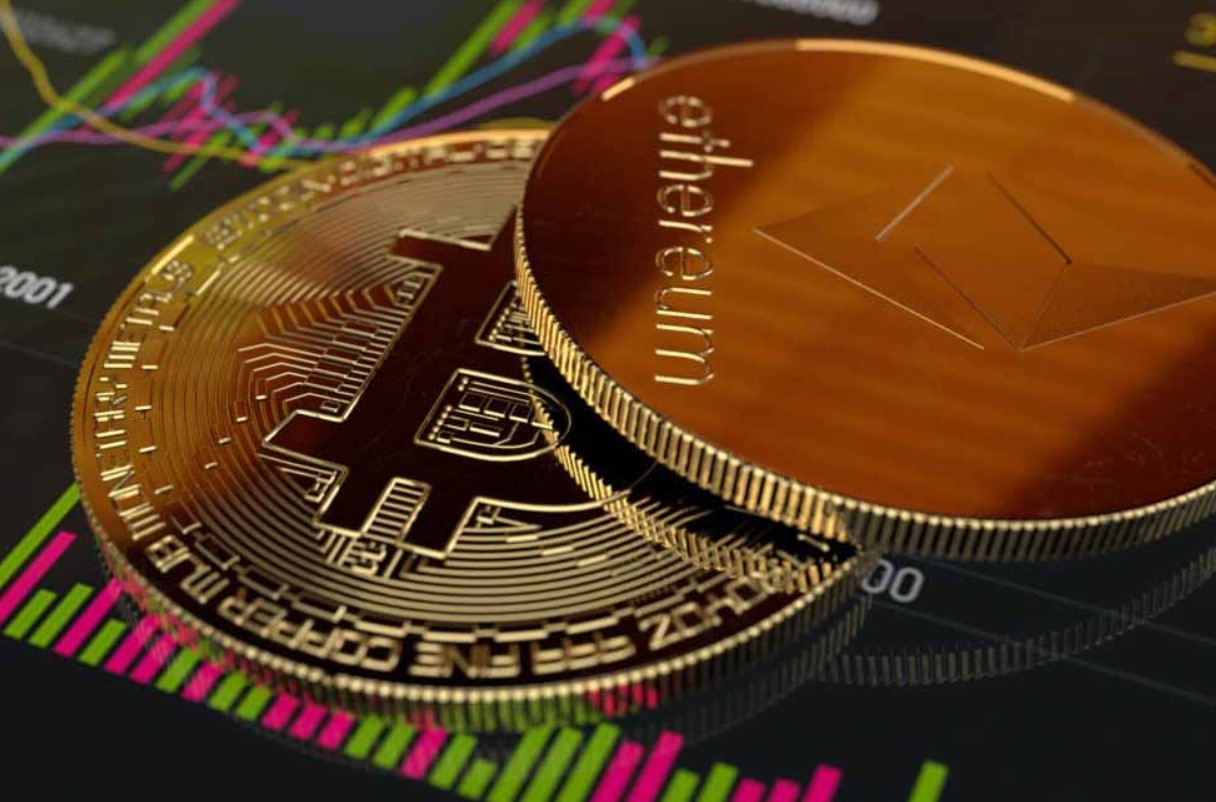The cryptocurrency market has always been a volatile and unpredictable realm, with digital assets like Solana (SOL) experiencing dramatic fluctuations in value. As we approach the year 2030, investors and enthusiasts alike are keen to understand the potential trajectories of their favored cryptocurrencies. This article delves into the possible future of Solana, examining the factors that could influence its price and the various scenarios that might unfold.
The Rise of Solana: A Retrospective Analysis
Solana’s inception marked a new era in the blockchain space, offering unprecedented transaction speeds and scalability. Its innovative consensus mechanism, Proof-of-History, allowed for a significant reduction in validation times, setting it apart from its competitors.
The platform gained rapid popularity, particularly in the realms of decentralized finance (DeFi) and non-fungible tokens (NFTs), sectors that demand high throughput and low latency. Solana’s native token, SOL, saw a meteoric rise in value as the network’s adoption grew, attracting a diverse community of developers and users.
Despite its successes, Solana has not been immune to the market’s ebbs and flows. The asset has weathered numerous cycles of bull and bear markets, each time emerging with new lessons and adaptations. As we look back, it’s clear that Solana’s journey has been one of resilience and innovation.

Potential Catalysts for Solana’s Growth
As we look towards the future, several key drivers could propel Solana’s growth. The ongoing development of the DeFi ecosystem presents vast opportunities for platforms that can offer speed, security, and efficiency. Solana’s architecture positions it well to capitalize on this trend.
The expansion of the NFT market also bodes well for Solana. With its low transaction costs and fast processing times, the network is an attractive option for artists and collectors alike. As the world becomes increasingly digitized, the demand for digital ownership and provenance will likely continue to grow, potentially increasing the value of SOL.
Furthermore, partnerships and collaborations with other blockchain projects and traditional businesses could introduce Solana to new audiences and use cases. These alliances are crucial for fostering a robust and diverse ecosystem around the Solana blockchain.
Challenges and Considerations
Despite the optimistic outlook, challenges remain on the horizon for Solana. Regulatory uncertainties and the evolving landscape of blockchain technology pose potential hurdles. The network will need to navigate these complexities while maintaining its core principles of decentralization and user empowerment.
Moreover, competition within the blockchain space is fierce. Solana must continue to innovate and adapt to stay ahead of emerging platforms that promise similar or superior capabilities. The community’s ability to foster a welcoming and collaborative environment will be instrumental in sustaining Solana’s growth.
In conclusion, while the future is inherently uncertain, Solana’s foundations are strong. Its commitment to scalability, speed, and user experience positions it well to thrive in the coming decade. As we look to 2030, the potential for Solana to reshape the digital landscape is undeniable.


















